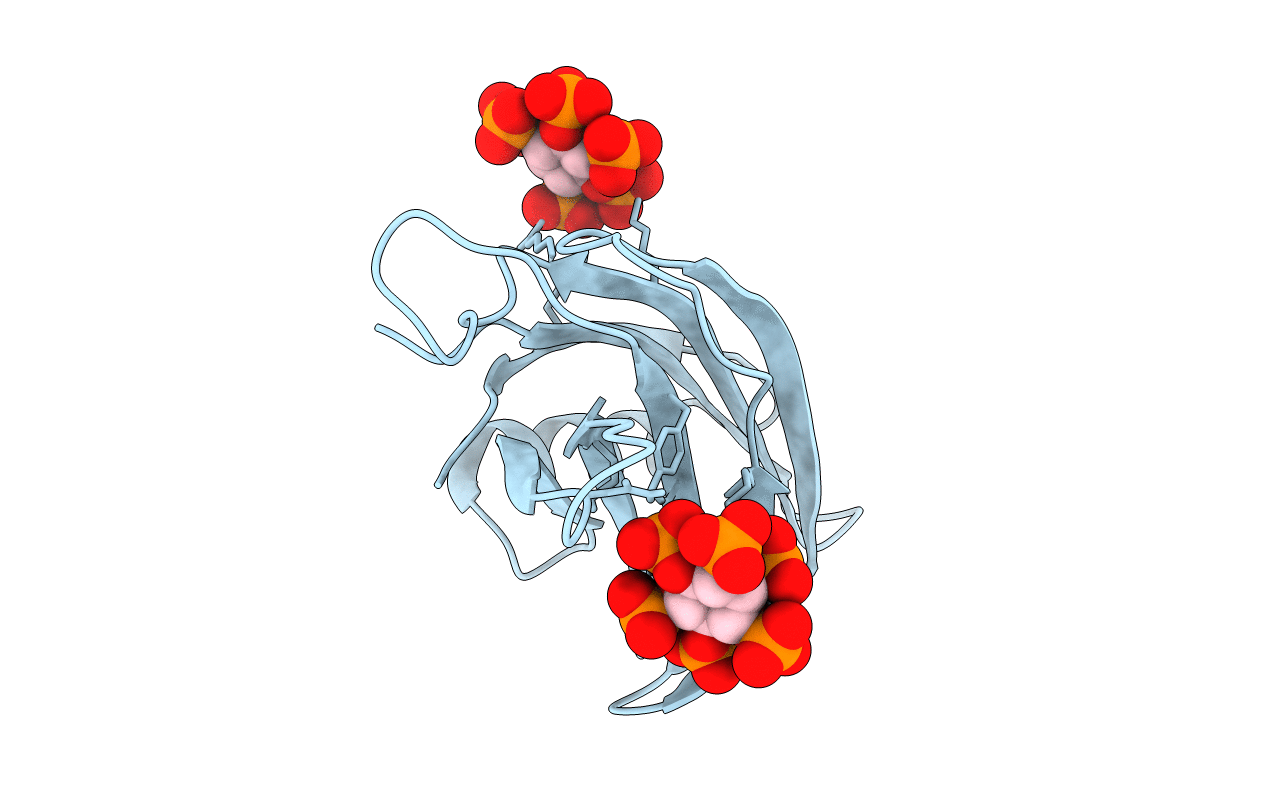
Deposition Date
2019-11-20
Release Date
2021-03-03
Last Version Date
2023-11-22
Entry Detail
PDB ID:
6LCY
Keywords:
Title:
Crystal structure of Synaptotagmin-7 C2B in complex with IP6
Biological Source:
Source Organism:
Mus musculus (Taxon ID: 10090)
Host Organism:
Method Details:
Experimental Method:
Resolution:
2.30 Å
R-Value Free:
0.23
R-Value Work:
0.20
R-Value Observed:
0.20
Space Group:
P 61


